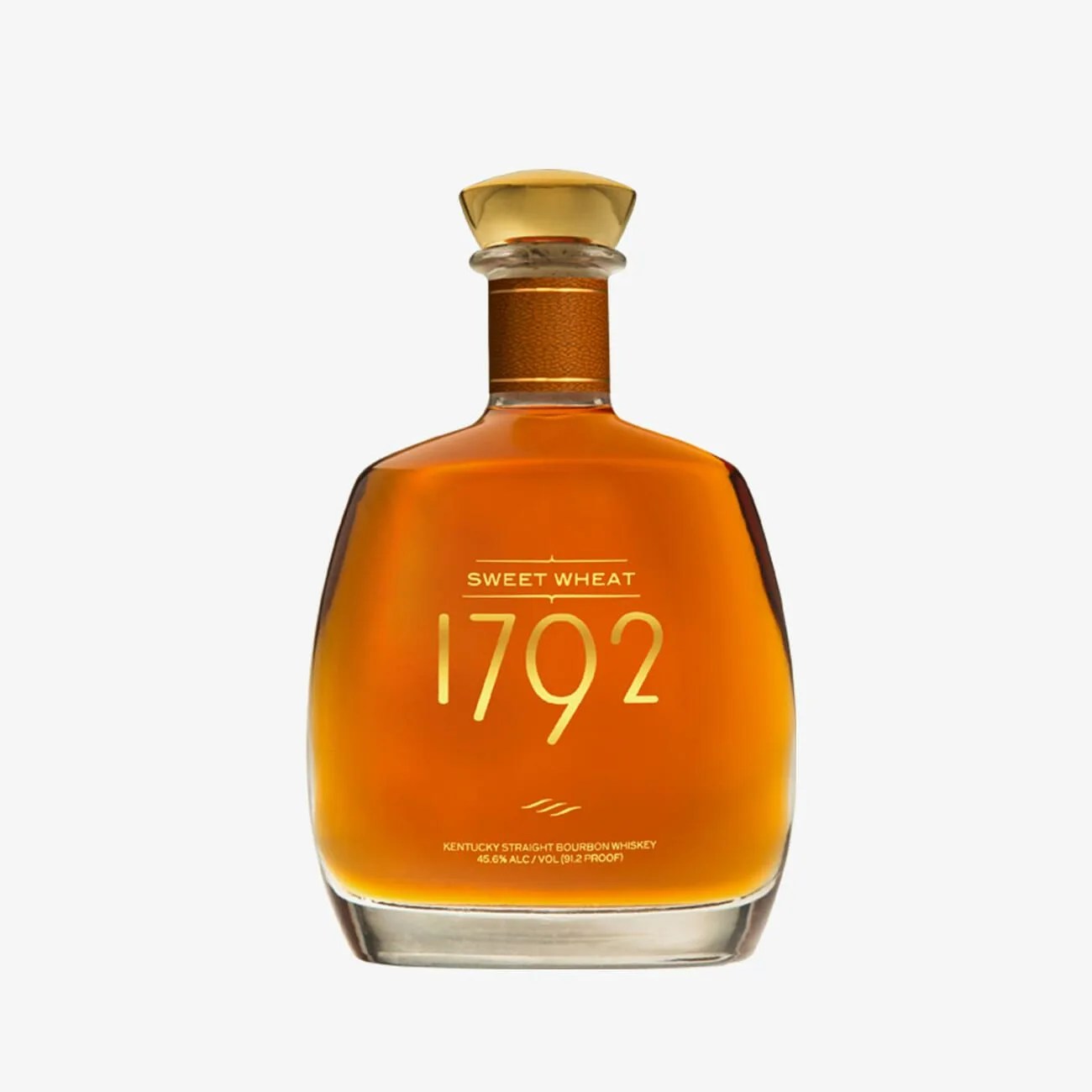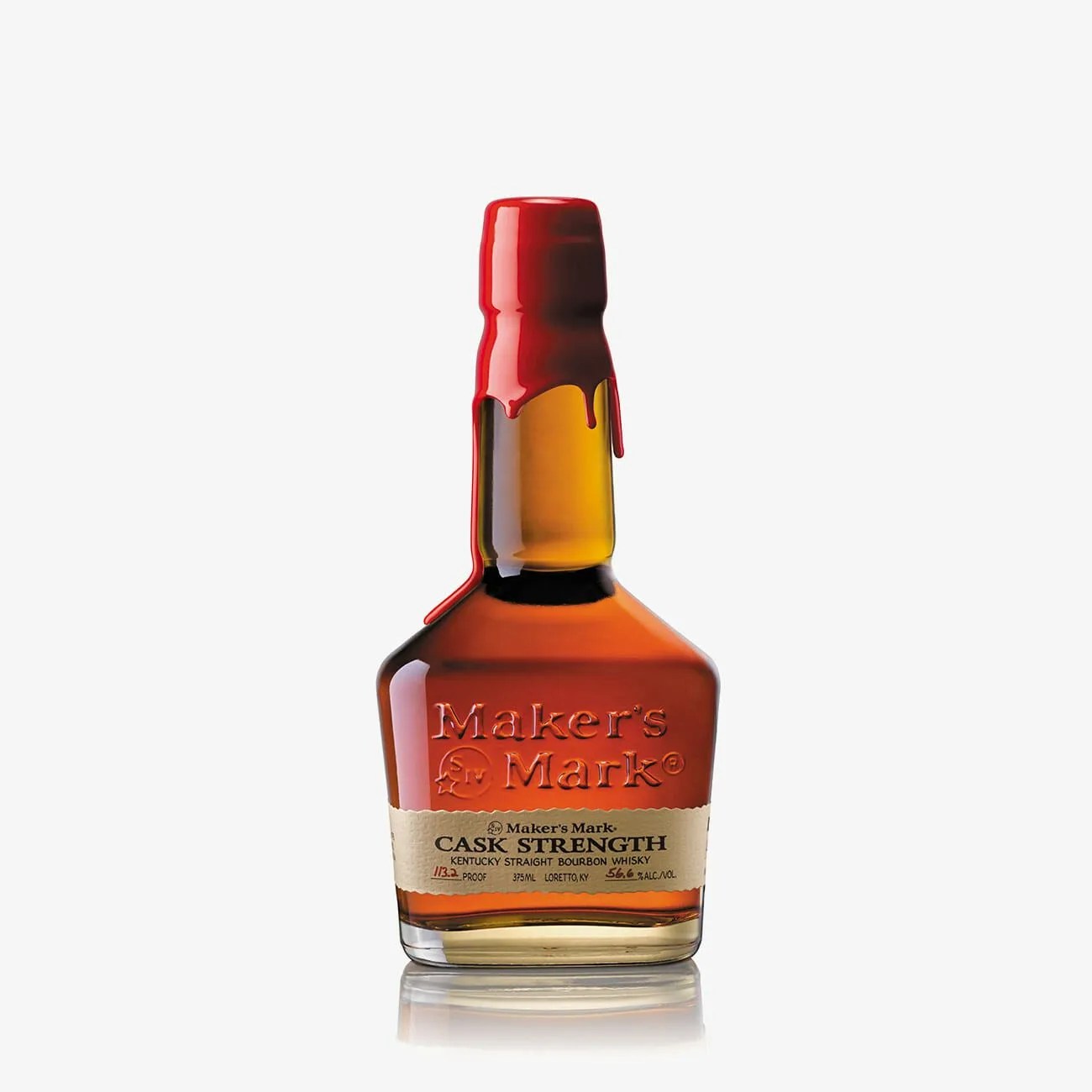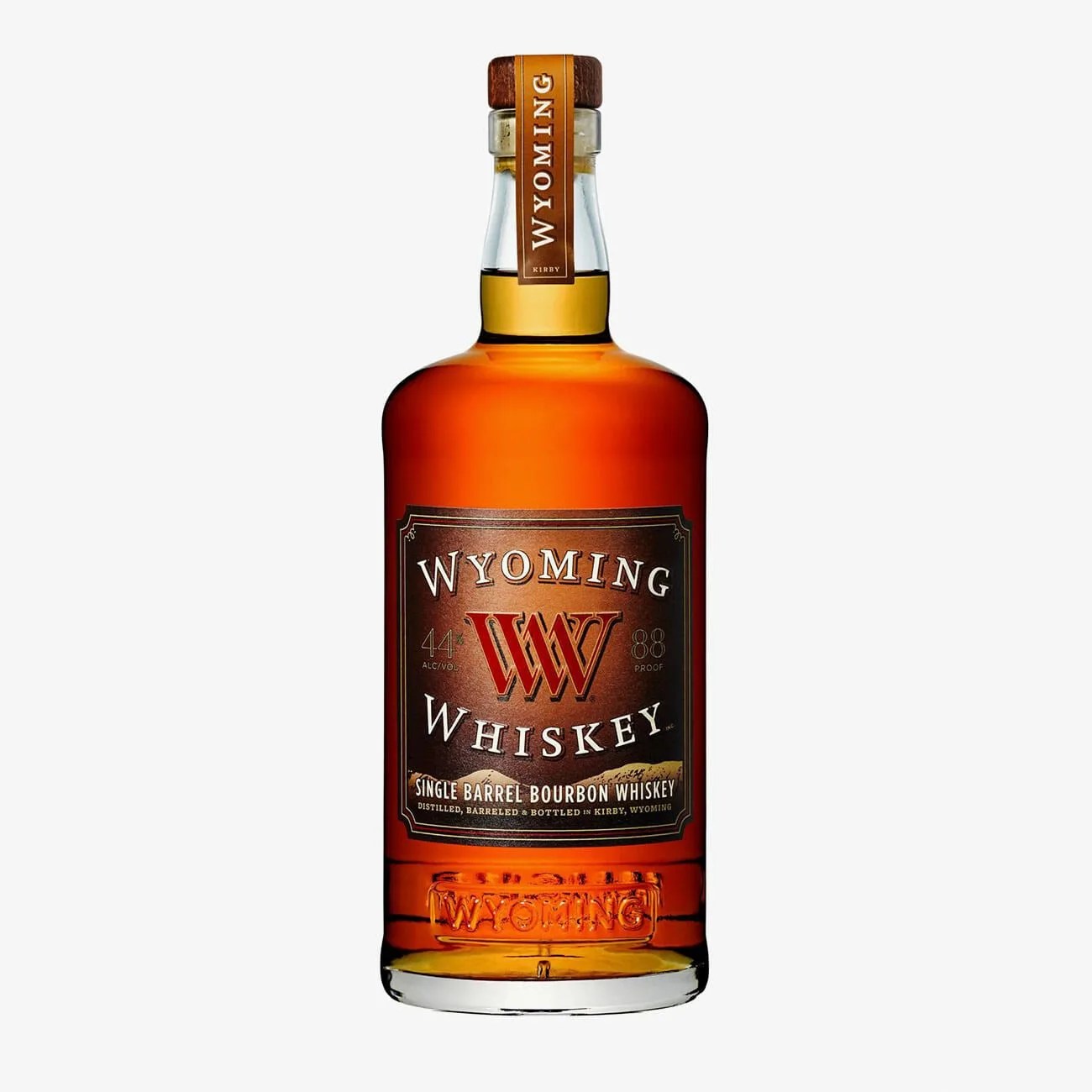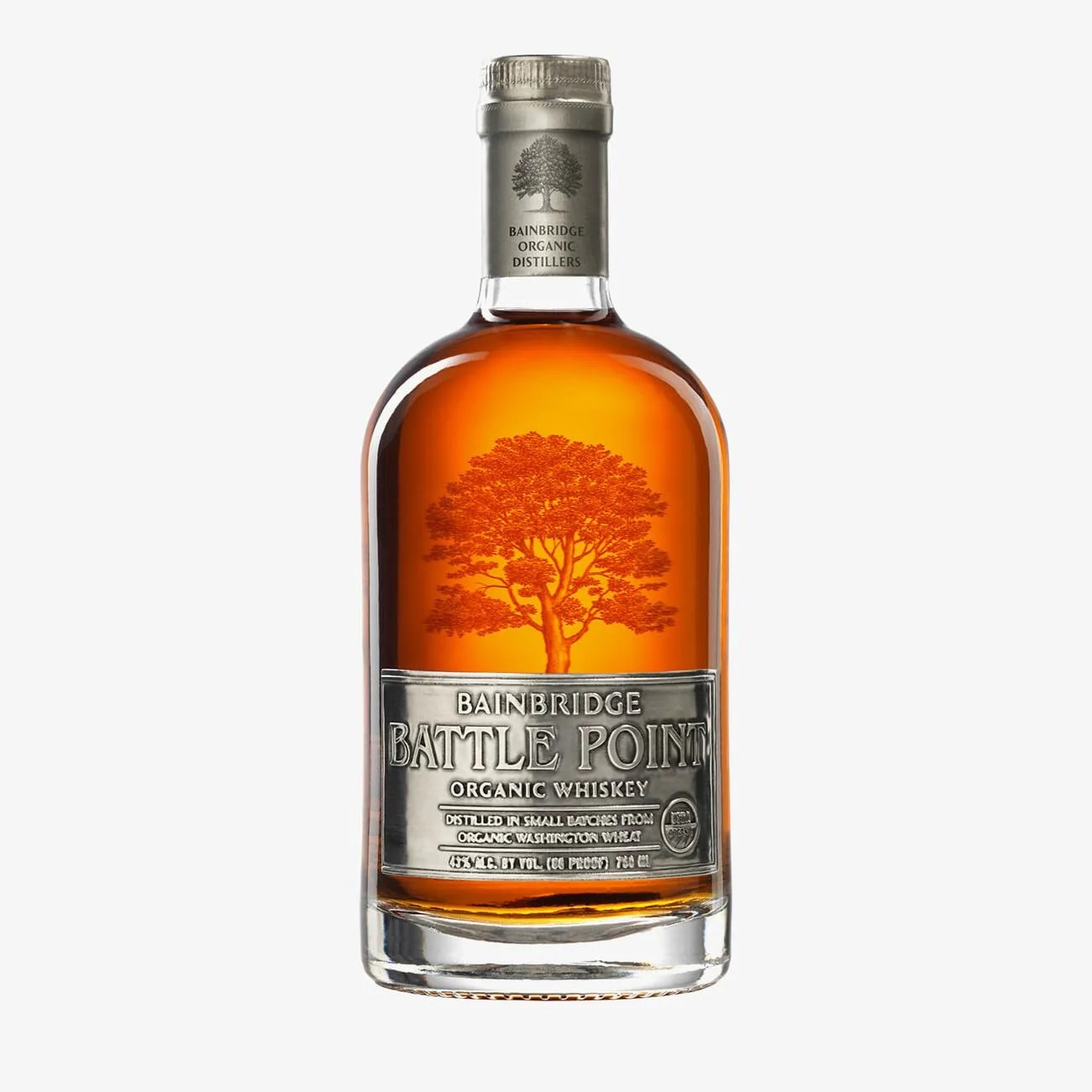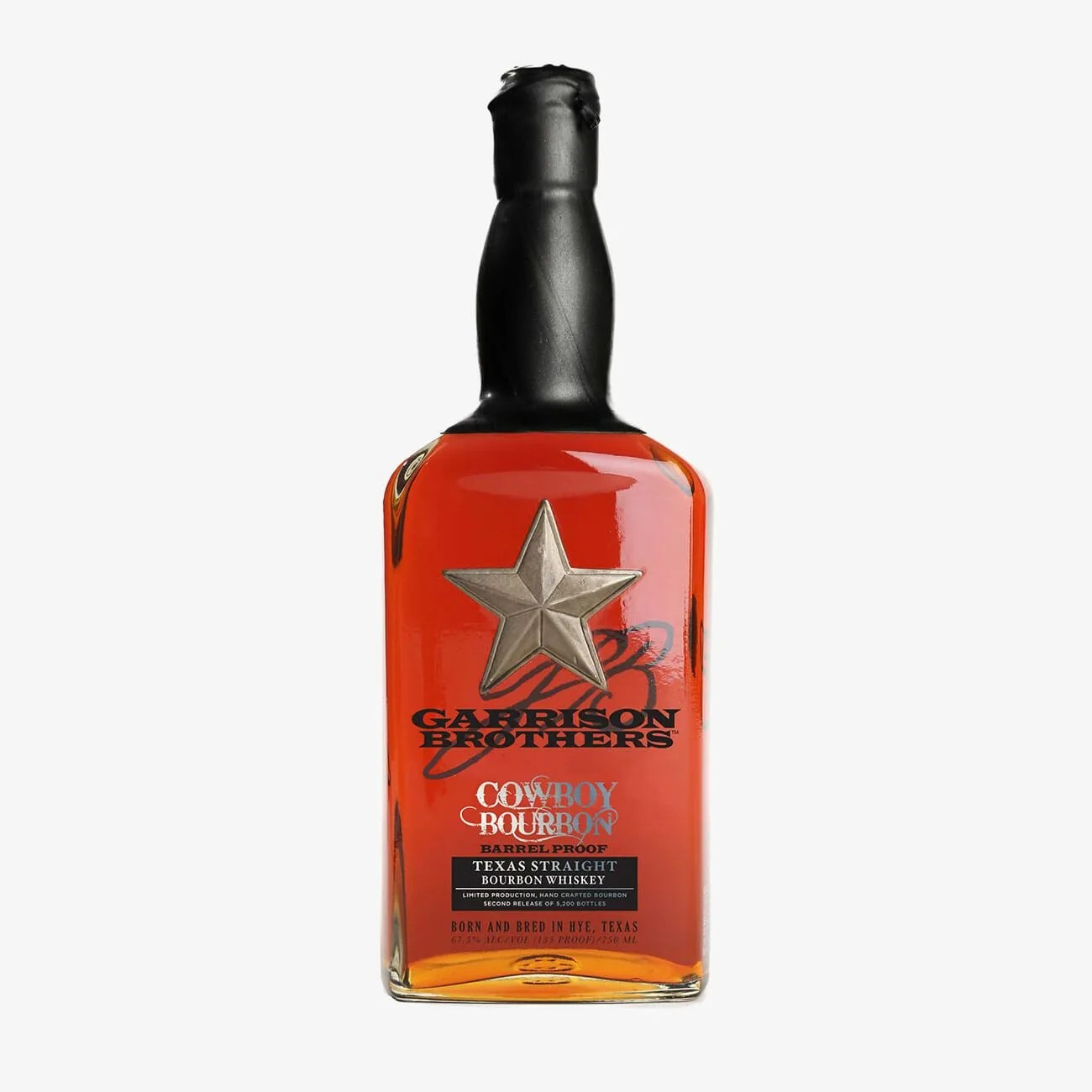Corn is the soul of every bourbon recipe, but distillers also use rye, barley and wheat — and every mash bill is different.
“Wheaters,” as bourbon fans call them, use wheat as a secondary grain rather than your typical rye. People who drink them say they’re sweeter, softer, fruitier and smoother. Science backs this up: the distillation of wheat is important to the production of 1-pentanol, an alcohol that imparts flavors of bread, cereal and yeast.
So why don’t more bourbons put the wheat ahead of rye? Traditionally, wheat was too expensive for industrial bourbon production. In the early 20th century, the Stitzl brothers and one Julian “Pappy” Van Winkle Sr. believed the use of wheat rather than rye made their bourbons softer; then Maker’s Mark and its red wax brought a wheater to the general drinking public.
Today, history repeats itself: for everyday drinkers, famous wheaters like Pappy and William Larue Weller are too damn expensive — assuming you can even find them. But all hope isn’t lost. Head down to your local liquor store and you’ll come across a handful of solid wheaters collecting more dust than they deserve. The best part: they won’t cost you your next paycheck.
Larceny Bourbon
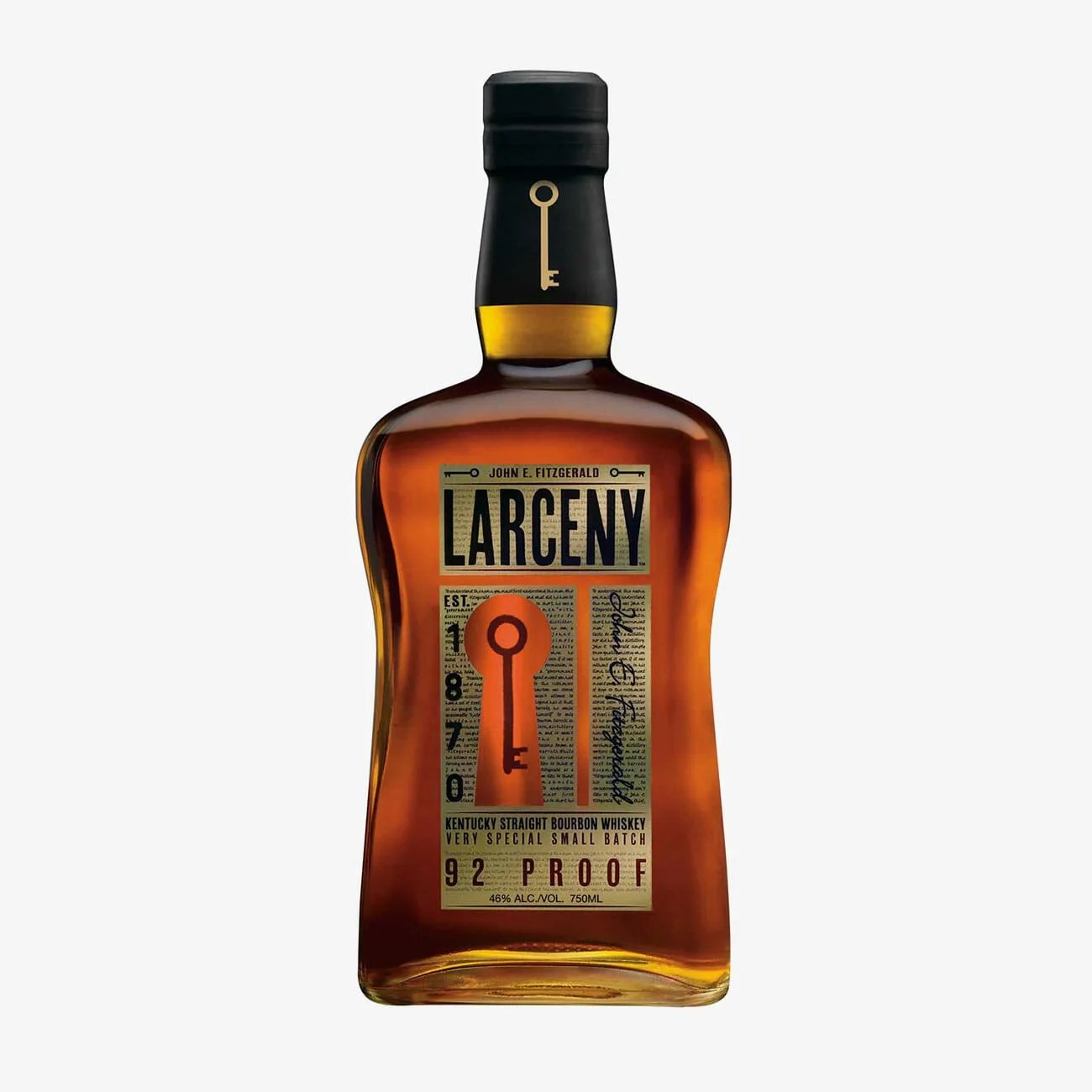
Looking for an affordable wheated bourbon made at Heaven Hill, the distillery once owned by Pappy himself? Most drinkers choose Rebel Yell but you should spring for Larceny, which is part of Heaven Hill’s Old Fitzgerald line. It has a higher proof than Rebel Yell and carries an age statement — six years.

